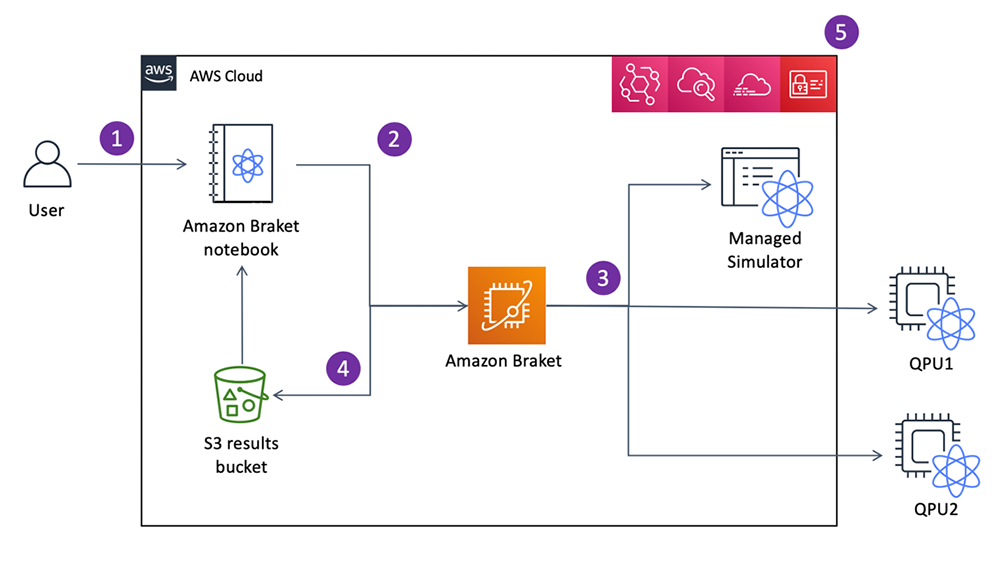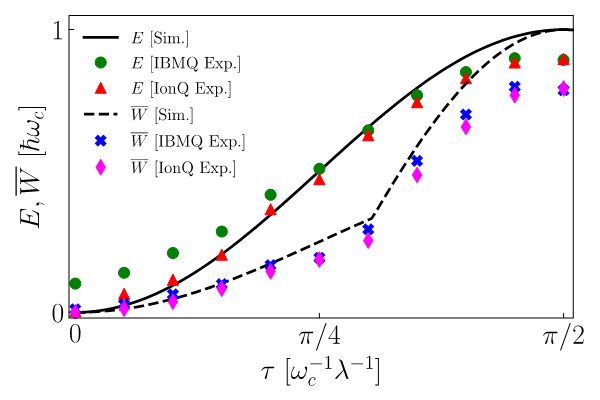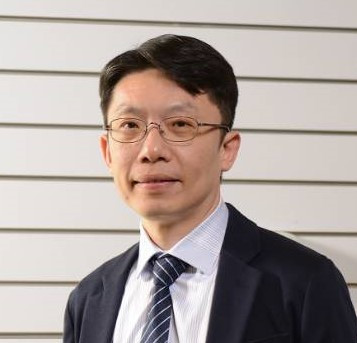第一列
Quantum computers utilize the quantum properties of qubits (such as quantum superposition and quantum entanglement) to exhibit powerful computational capabilities. National Cheng Kung University (NCKU), in cooperation with the National Science and Technology Council (NSTC), has established the "Quantum Technology Cloud Computing Center" to serve the national academia and industry by actively utilizing the most advanced and diverse Amazon Braket quantum computers and software resources. Through the execution and promotion of this project, participating researchers and software developers will become familiar with the most diverse quantum computing service platforms available today. This will further enhance Taiwan's analytical capabilities in the field of quantum computing hardware, and the development of hybrid quantum algorithms and software.

Amazon Braket provides on-demand access to quantum computing devices, including on-demand circuit simulators and different types of QPUs. In Amazon Braket, a request for a QPU (Quantum Processing Unit) is considered a "task." For universal quantum computers, this includes requests for quantum circuits (which contain measurement instructions and the number of shots) and other metadata.
- Notebooks: Amazon Braket provides Jupyter Notebook environment with Amazon Braket SDK installed. Users can conveniently define, submit, and monitor your quantum tasks.
- Task Submission: After your quantum task is defined, you can choose a device to run it on and submit it to the Amazon Braket API.
- Execution: Depending on the device you chose, the quantum task is queued until the device becomes available and the task is sent to the QPU or simulator for implementation.
- Data Storage: After processing your quantum task, Amazon Braket returns the results to an Amazon S3 bucket, where the data is stored in your AWS account.
- Task Monitoring: Amazon Braket is integrated with AWS Identity and Access Management (IAM), Amazon CloudWatch, AWS CloudTrail and Amazon EventBridge for user access management, monitoring and logging as well as for event based processing.
Quick charging of a quantum battery with superposed trajectories
In the beginning of charging a typical quantum battery, it is impossible to extract the stored energy. Only in the later stages of the charging process can we properly extract the energy that has been stored. By utilizing the technique of superposistion of trajectories, we have successfully achieved quick charging of quantum batteries, and immediately extract the stored energy even in the early stages of the charging process.
We simulated the phenomenon of quick charging of quantum batteries using real quantum computers. These results demonstrate that quantum computers are continuously advancing and becoming increasingly stable and reliable. In the future, it will be possible to engage in larger-scale quantum system simulations or quantum algorithm computations.

The experimental data (from IonQ quantum computer in Amazon Braket) of stored energy (E) and average ergotropy (W) under two superposed trajectories. One can observe nonzero average ergotropy for the entire interval of interest, which enables immediate storage of useful work after the charging process begins (quick charge).
References:
Physical Review Research 6, 023136 (2024) [Editors’ suggestion]
“Being in two places at once could make a quantum battery charge faster”, New Scientist (8 May 2024)
